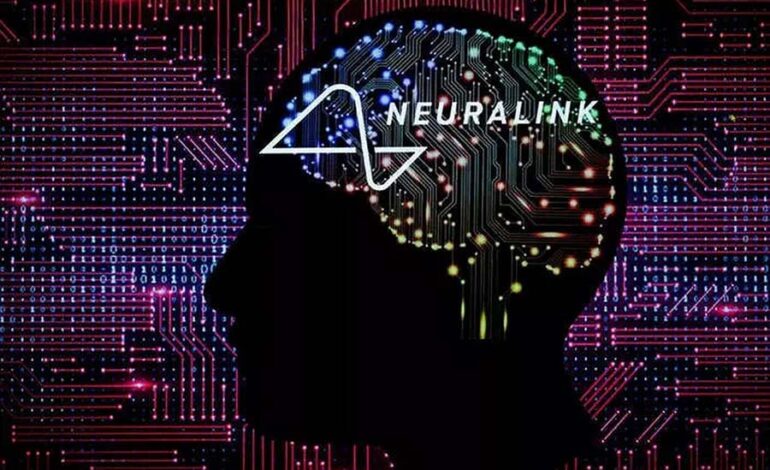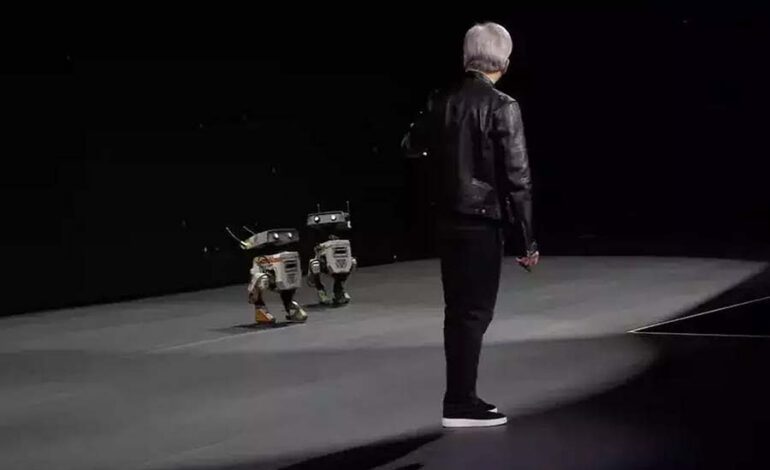Neuralink’s First Human Trial Patient: A Life-Changing Journey

Neuralink, the neural technology company founded by Elon Musk, recently unveiled its first human trial patient during a livestream. The patient, Noland Arbaugh, a 29-year-old quadriplegic, shared his experience with the brain-chip implant, highlighting its transformative impact despite acknowledging its imperfections.
Introduction of Noland Arbaugh
Arbaugh, who became quadriplegic after a diving accident eight years ago, participated in the livestream alongside Bliss Chapman, an engineer at Neuralink. Despite stating that the chip is not flawless, Arbaugh emphasized the significant improvements it has brought to his life. He expressed gratitude for gaining the ability to play video games independently for extended periods, liberating him from reliance on family members.
Journey of Neuralink
Neuralink, established in 2016, has been dedicated to developing a chip implant enabling individuals to control computers with their brains. The company’s milestone achievement of implanting its chip into a human was preceded by extensive tests on monkeys, which drew scrutiny from medical ethics groups.
Transition to Human Trials
Following the successful animal experiments, Neuralink progressed to human trials. During the livestream, Arbaugh showcased his ability to control a game of chess using only his mind, a feat made possible by the brain-chip implant. He described how the chip facilitated seamless interaction with the computer, allowing him to engage in activities he had previously struggled with due to his condition.
Impact on Arbaugh’s Life
Arbaugh recounted his passion for playing video games, particularly Civilization VI, which he had to limit due to physical constraints. With the chip, he regained the freedom to indulge in his favorite pastime for extended periods, even while lying in bed. Although he acknowledged the inconvenience of needing to recharge the implant after prolonged use, Arbaugh highlighted the intuitive nature of controlling Neuralink, likening it to using “the force” on a computer cursor.
Conclusion
Arbaugh’s journey with Neuralink’s brain-chip implant underscores the potential of neural technology to enhance the lives of individuals with disabilities. Despite facing challenges, his experience reflects the promising strides in leveraging technology to empower individuals and enable greater autonomy and quality of life.









